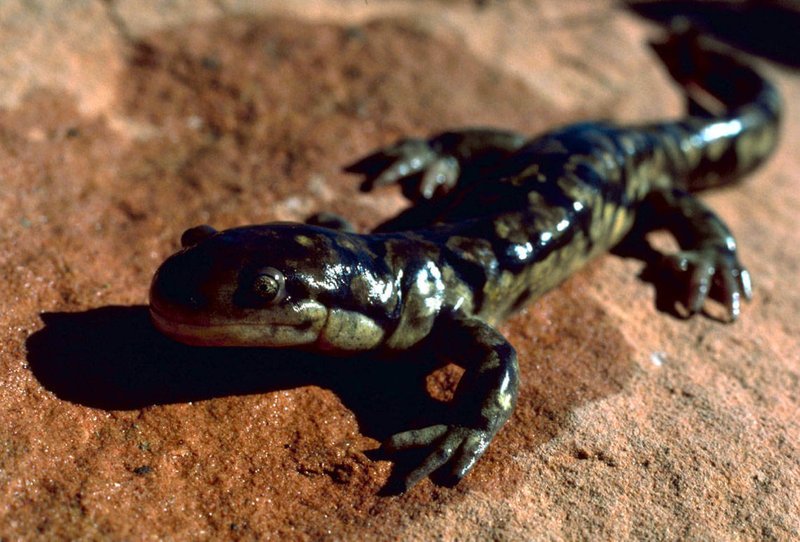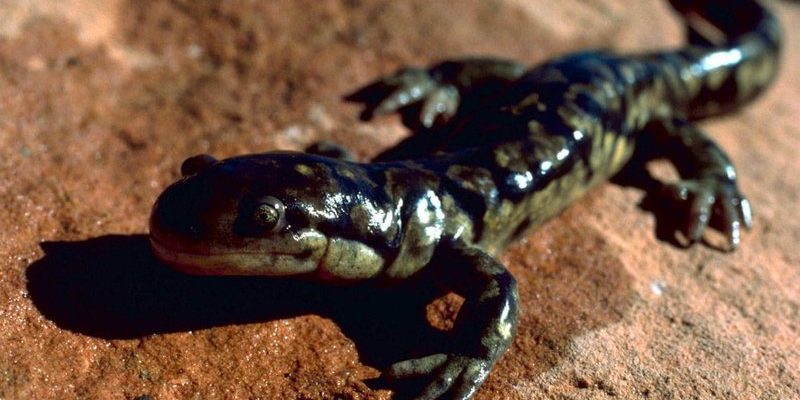
In this exploration, we’ll dive deep into the world of salamanders and uncover their habitats. Their presence stretches across various continents, from the lush forests of North America to the mountainous regions of Asia. Grab a comfy seat, and let’s take a journey into the habitats where salamanders thrive.
The Global Distribution of Salamanders
Salamanders can be found on nearly every continent except Antarctica. This unique positioning makes them fascinating when we consider their habitats. You might find them hiding under rocks or logs, or roaming in damp grass, depending on the region. North America is home to about half of all known salamander species. States like North Carolina and Tennessee boast a rich diversity of these small amphibians because of their abundant forests and streams.
In Europe, countries like Spain and Italy have their unique species of salamanders. The most notable is the Spanish Ribbed Newt, which has some interesting defensive tactics, like pushing its ribs through its skin when threatened. It’s pretty amazing what these little creatures can do to survive!
Habitat Preferences of Salamanders
Salamanders are quite particular about their habitats. They need moist environments to thrive, which is why you’ll find them in cool forests, wetlands, and near streams or ponds. The moisture is crucial because they breathe through their skin, which needs to stay wet to absorb oxygen.
When you think about where to spot these creatures, consider the following habitat types:
- Forests: Dense woods provide plenty of cover and humidity.
- Wetlands: Swamps and marshes are perfect for breeding.
- Rivers and Streams: Clean, flowing water is vital for their lifecycle.
In short, if you’re out walking in a damp forest after a rain shower, you might just catch a glimpse of a salamander scurrying under some leaves.
North America: The Salamander Hotspot
When it comes to sheer diversity, North America takes the cake. This continent is a veritable treasure trove for salamander enthusiasts. Especially in the Appalachian Mountains, you’ll find over 30 species of salamanders, each with its own unique traits.
For example, the Eastern Red-backed Salamander is a common sight, easily recognized by its vibrant red line running down its back. It thrives in moist, leaf-littered habitats and can often be found during rainy days. The rich biodiversity here is partly due to the variety of ecosystems, from deciduous forests to high-altitude mountains, which provide the perfect conditions for these creatures.
Interestingly, species like the California Tiger Salamander are threatened due to habitat loss. Conservation efforts are ongoing to protect their remaining habitats, highlighting the delicate balance of ecosystems where salamanders reside.
Europe: A Rich Yet Vulnerable Habitat
In Europe, the story is no less intriguing. This region is home to a variety of salamanders, from the famous Fire Salamander with its striking yellow spots to the smaller Olive Salamander. Many European species thrive in cooler climates, often found in damp woodlands and hills.
The Marbled Salamander, particularly native to parts of the UK, is known for its beautiful marbled pattern, which serves as great camouflage against the forest floor. However, their populations face challenges due to urban development and pollution. Protecting these habitats is essential not just for salamanders but for the whole ecosystem.
Given Europe’s diverse climates—from the Mediterranean warmth to the chill of the Nordic regions—each species has adapted uniquely. This adaptability makes them a fascinating subject of study for ecologists and nature lovers alike.
Asia: The Salamanders of the East
Moving over to Asia, we find that this continent also boasts fascinating salamander species, particularly in mountainous regions like the Himalayas. The Himalayan Salamander is a prime example. These critters are equipped to survive in colder climates and are often found near fast-flowing streams in high altitudes.
Additionally, countries like Japan are known for their unique species, such as the Japanese Giant Salamander. This incredible creature, one of the largest amphibians in the world, can reach lengths of up to five feet! Known for its impressive size and gentle nature, it mostly inhabits cool mountain streams, showcasing the incredible adaptability of salamanders across different environments.
Just like in North America and Europe, many Asian salamander species are under threat due to habitat destruction and pollution. Preserving their habitats is not just good for the salamanders but essential for biodiversity overall.
South America: A Hidden Gem
While many folks might not know this, South America is home to its own remarkable varieties of salamanders, mostly found in the Andes Mountains and the Amazon rainforest. These regions offer humid, rich environments that are perfect for amphibians.
For instance, the Southern Red Salamander is notable in these areas. However, their populations also face threats from deforestation and climate change. Conservation efforts are crucial, as these ecosystems are delicate and hold many secrets about biodiversity.
Exploring the jungles and mountains of South America can unveil an entirely different world of salamanders, showcasing their adaptability and unique characteristics based on their environment.
Conservation Challenges and Efforts
Salamanders might seem small, but they play a big role in their ecosystems. They help control insect populations and serve as indicators of environmental health. However, many species are facing serious threats.
Here are some key challenges salamanders face globally:
- Habitat Loss: Urban development and agriculture can destroy their homes.
- Pollution: Contaminants in water sources can harm their delicate skin.
- Climate Change: Changes in temperature and moisture affect their breeding and survival.
Conservation efforts are underway in many regions. These include habitat protection, breeding programs, and raising awareness about their importance. By focusing on conservation, we can help ensure that future generations get to enjoy these magical creatures.
Salamanders are truly remarkable creatures, and their habitats are as diverse as the species themselves. From the forests of North America to the mountains of Asia and the jungles of South America, these amphibians thrive in moisture-rich environments. Protecting their habitats is not just about saving salamanders; it’s about preserving the ecological balance that supports countless other species.
So, the next time you’re out in a forest or near a stream, take a moment to appreciate the small wonders around you. You never know—there might just be a salamander hiding nearby, playing its part in the great tapestry of life on Earth.

